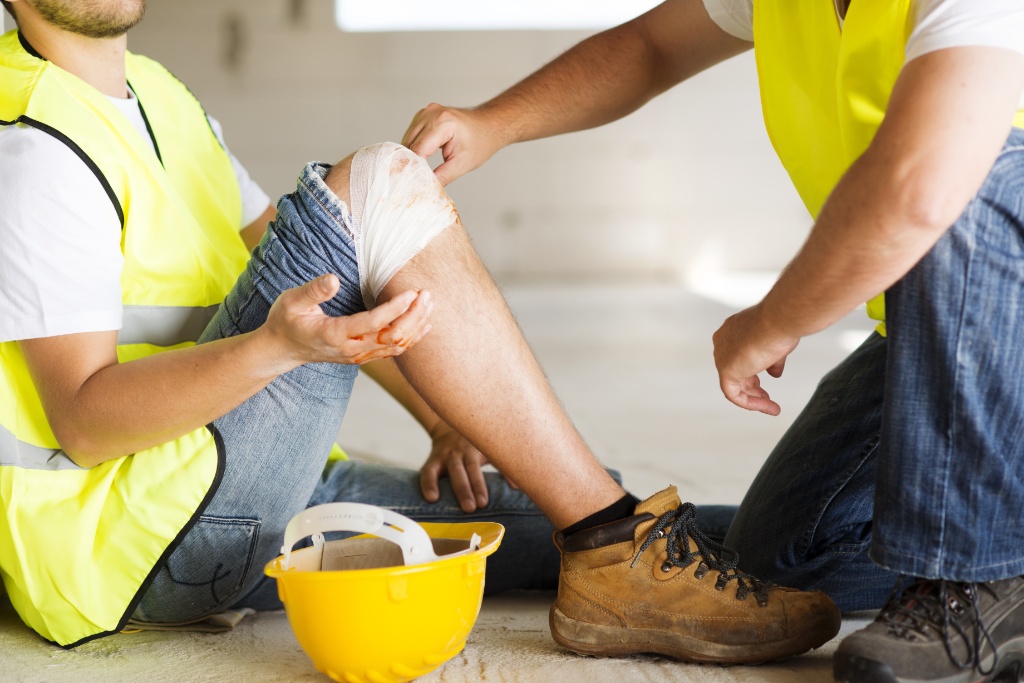March 2, 2018 | accident benefits Claims
Toronto Tobogganing Accidents: What You Need to Know
Table of Contents
Not to spoil anyone’s fun this winter, but of all winter activities in Canada, is among the most dangerous. According to Parachute, a charitable organization that focuses on preventing serious injuries, research has shown that of every 100,000 tobogganers, an average of 37.7 are “catastrophically injured each year,” its term for a debilitating injury.
That makes tobogganing the fourth-highest cause of catastrophic injuries among sports activities in Canada — behind only snowmobiling, driving, and quadding.
But just because tobogganing is risky doesn’t mean it can’t be enjoyed safely. It also doesn’t mean landowners and other occupiers are off the hook when someone is injured while tobogganing on their land.
Tobogganing Safety Tips
According to Parachute’s figures, almost two-thirds of tobogganing injuries are preventable. Experts from Parachute and elsewhere have provided the following tips for safely enjoying tobogganing:
- Dress for the occasion. In Parachute’s study, half of tobogganers’ catastrophic injuries were caused to their heads. A sturdy helmet provides protection in the event of a collision, reducing the risk of a serious head injury. Parachute suggests a ski, snowboarding, or hockey helmet. And, as always when going out in cold weather, dress warm, using multiple layers.
- Inspect a hill before using it. Watch out for rocks, logs, ditches, and other hazards. Avoid tobogganing on icy days, as that can make the hill dangerously slick. Don’t toboggan near rivers, streets, or parking lots.
- Inspect your equipment before you begin. Broken or weak equipment can cause a tumble or send you careening into an obstacle, so make sure your toboggan is in good condition before using it.
- Adults should supervise children. In the study cited by Parachute, tobogganers were unsupervised in 93% of the catastrophic injuries for which such information was available.
- Be mindful of others. If multiple people are using the same hill, be mindful of others when timing your descent, and move quickly out of the way at the bottom.
Toboggan Accidents: Is The Landowner Liable?
Unfortunately, no set of precautions can completely eliminate the risk of injury while tobogganing. When an injury-causing accident does occur, can the landowner or occupier be held liable?
Consider the case of Uggenti v. City of Hamilton, which was an appeal from arbitration decided by the Ontario Superior Court of Justice in 2013.
In Uggenti, the plaintiffs were injured while tobogganing on a hill in Hamilton. At the bottom of the hill was a ditch, but because it was filled with snow, the Uggentis did not realize it was there. When their toboggan hit the edge of the ditch, the Uggentis were thrown, and the husband sustained serious injuries.
In contrast to the Uggentis, the city government was aware of the ditch, and it was concerned about the risk it posed to tobogganers. Yet, other than prohibiting tobogganing on that hill — a fact the Uggentis were also unaware of — the city did not try to warn potential users that the ditch existed beneath the snow.
First the arbitrator, and then the court, concluded that the Uggentis had not assumed the risk of the ditch’s existence. As the court explained, “[i]n order for someone to voluntarily assume risk, that person must be aware of the existence of the risk.” Since the Uggentis were not aware of the ditch, they did not assume the risk of being thrown by hitting its edge, and the city was liable for their injuries.
Toboggan Accident Lawyers In Toronto
Just because a person undertakes the inherent risks of tobogganing doesn’t mean that he or she assumes any and all risks that may arise during that activity. In particular, if an individual is injured by unknown dangers on the premises while tobogganing, he or she may be able to hold the occupier of the land liable.
If you were injured on someone else’s property, our Toronto premises liability lawyers may be able to help you pursue compensation. To learn more, call 1-800-JUSTICE today and schedule a free initial consultation with Preszler Injury Lawyers.
Blog Categories
More accident benefits Topics
Here’s more information on accident benefits related topics that we think you might find helpful.

premises liability
|
March 19, 2025
Holiday Parties: Your Legal Obligations as a Host
Since the Supreme Court of Canada’s decision in Menow v. Jordan House LTD, 1974 SCR 239, it has been established that commercial hosts (ie. bars…

personal injury
|
January 23, 2024
Injured as a Worker in Ontario? A WSIB Claim Isn’t Necessarily Your Best— Or Only— Option
In Ontario, the compensation of workers who sustain injuries or illnesses in the course of their employment is governed by the Workplace Safety and Insurance…

personal injury
|
December 7, 2023
Does a Child Have the Right to Sue for Personal Injury?
As much as parents and guardians do everything they can to keep children safe and protected from dangerous situations, there are occasions when a child…
